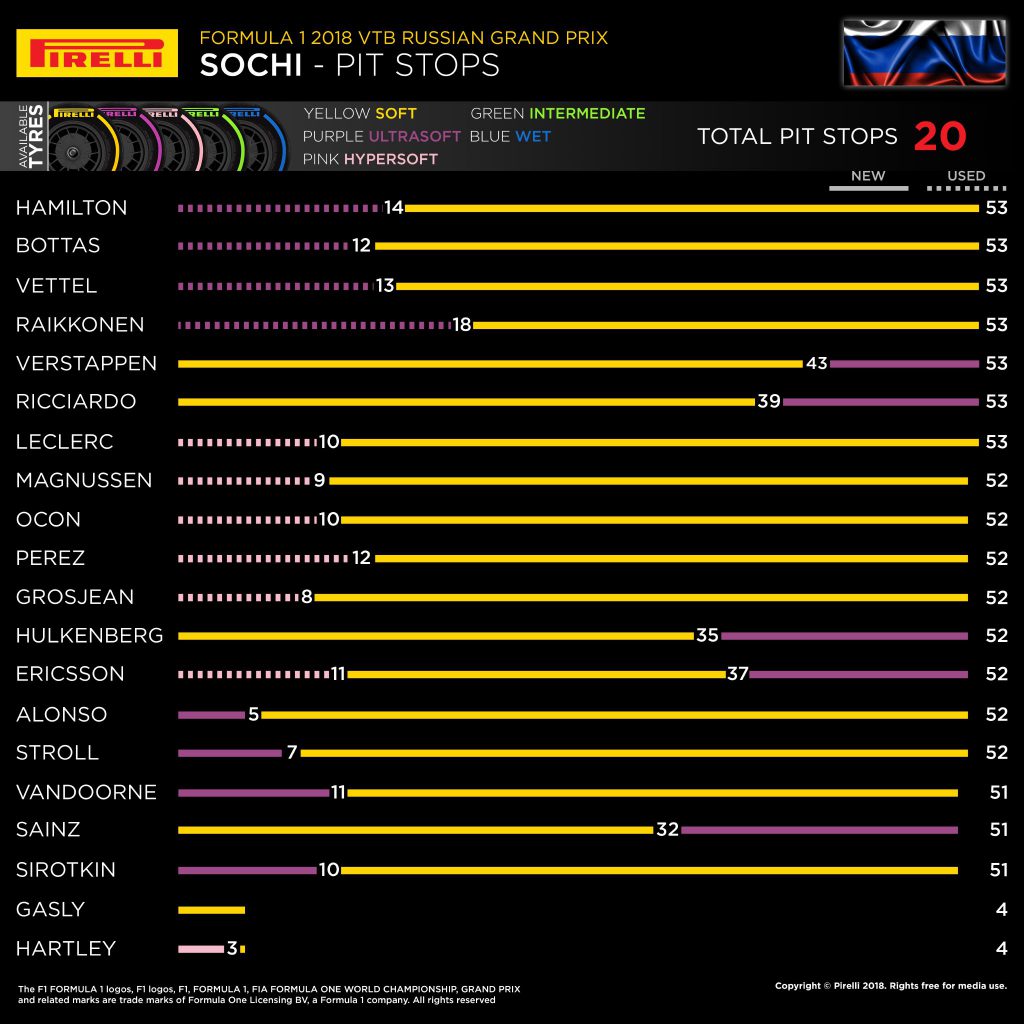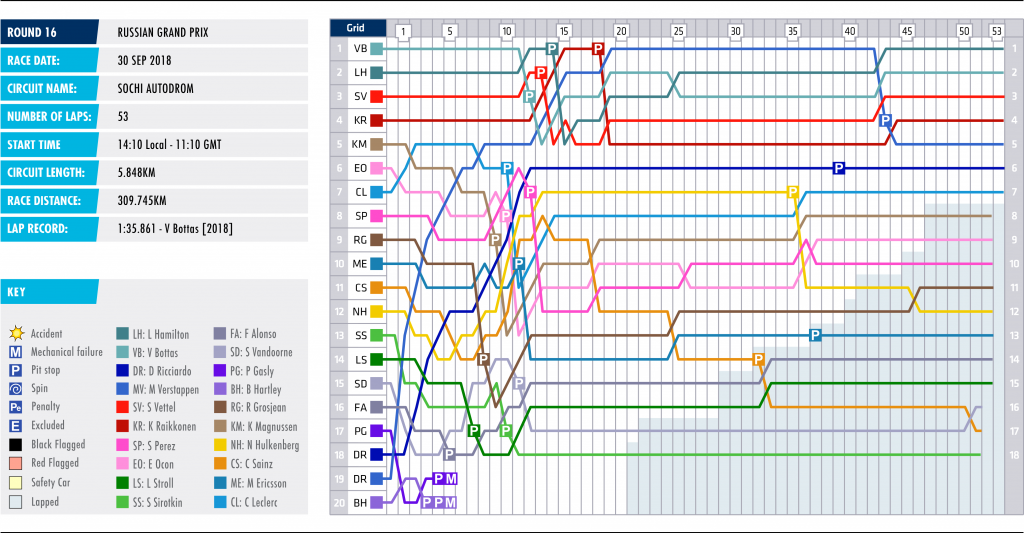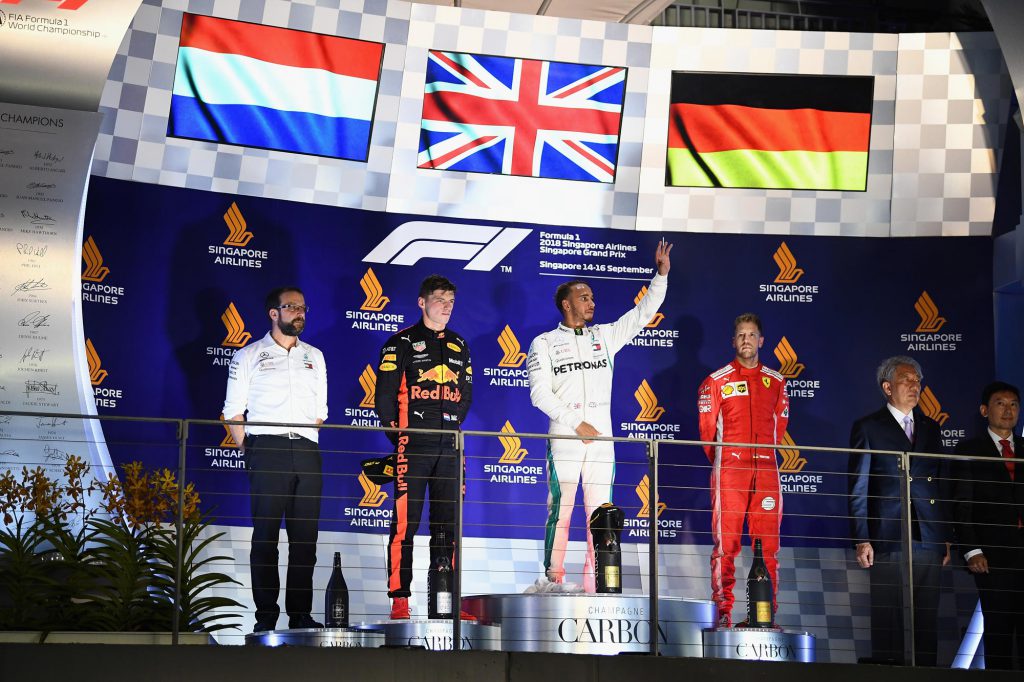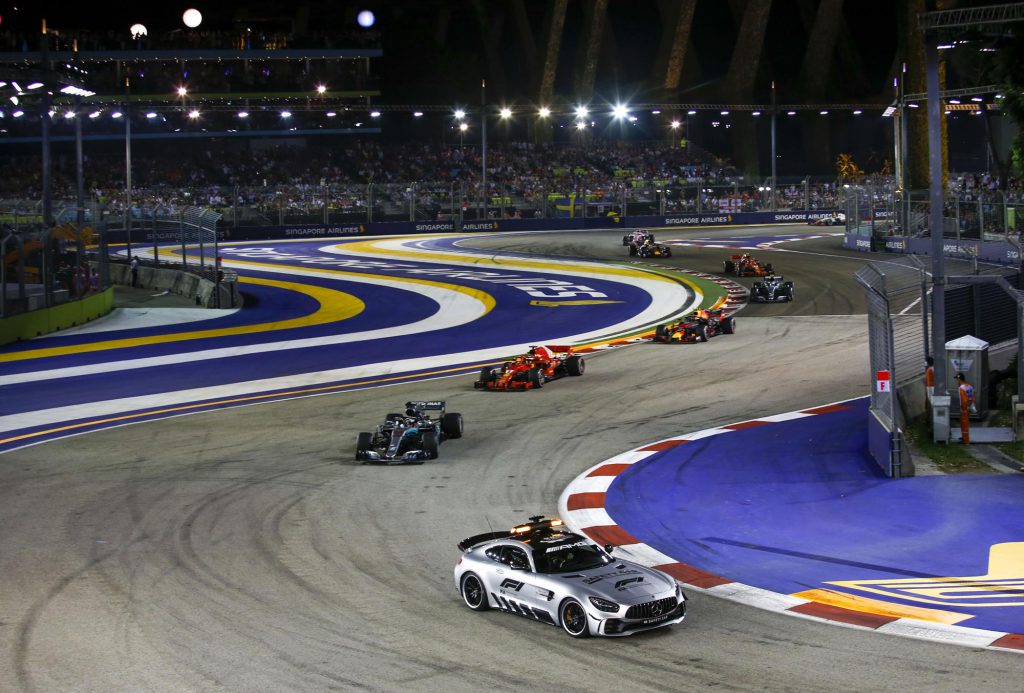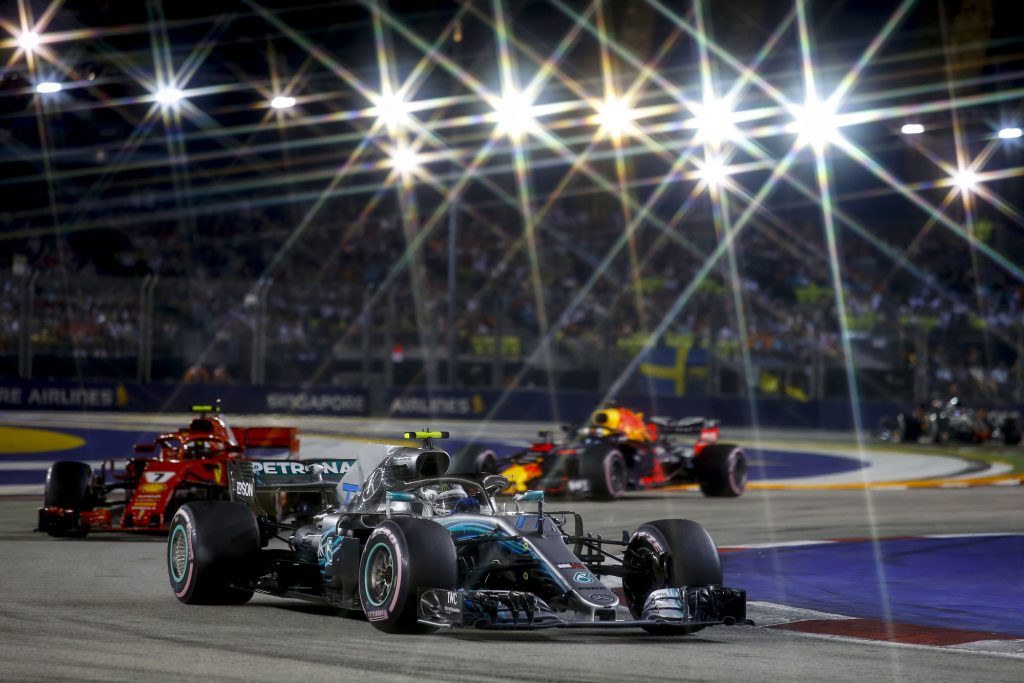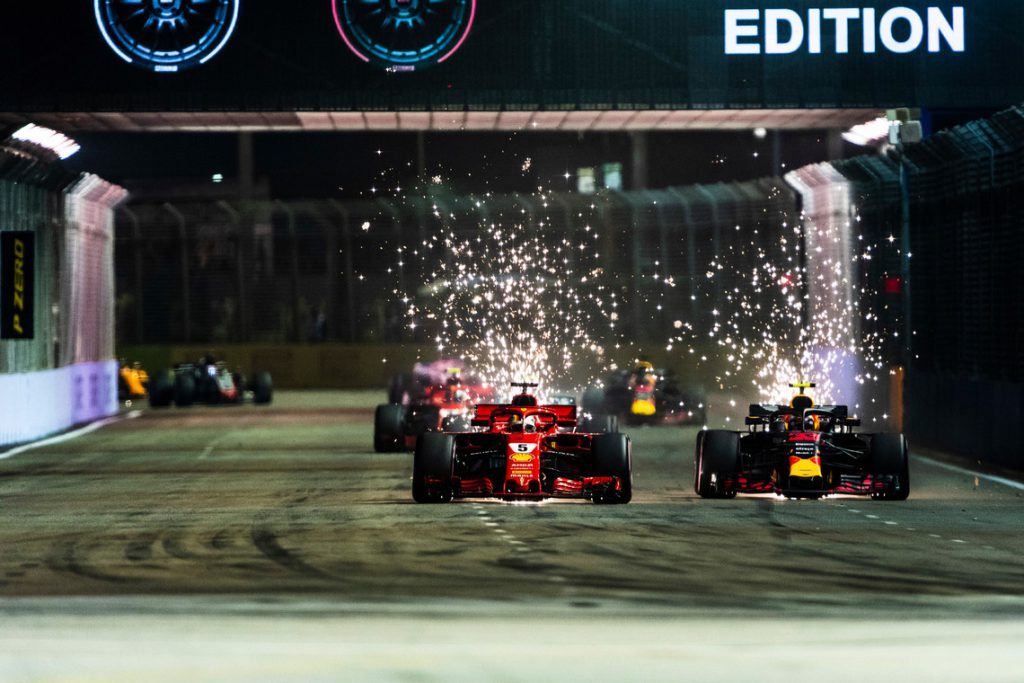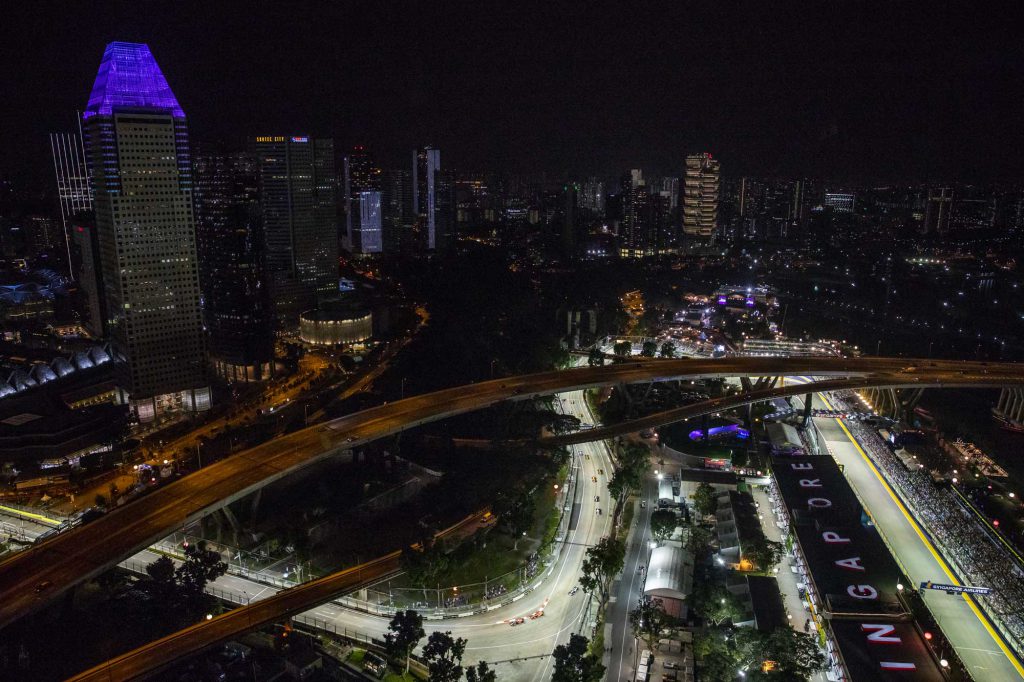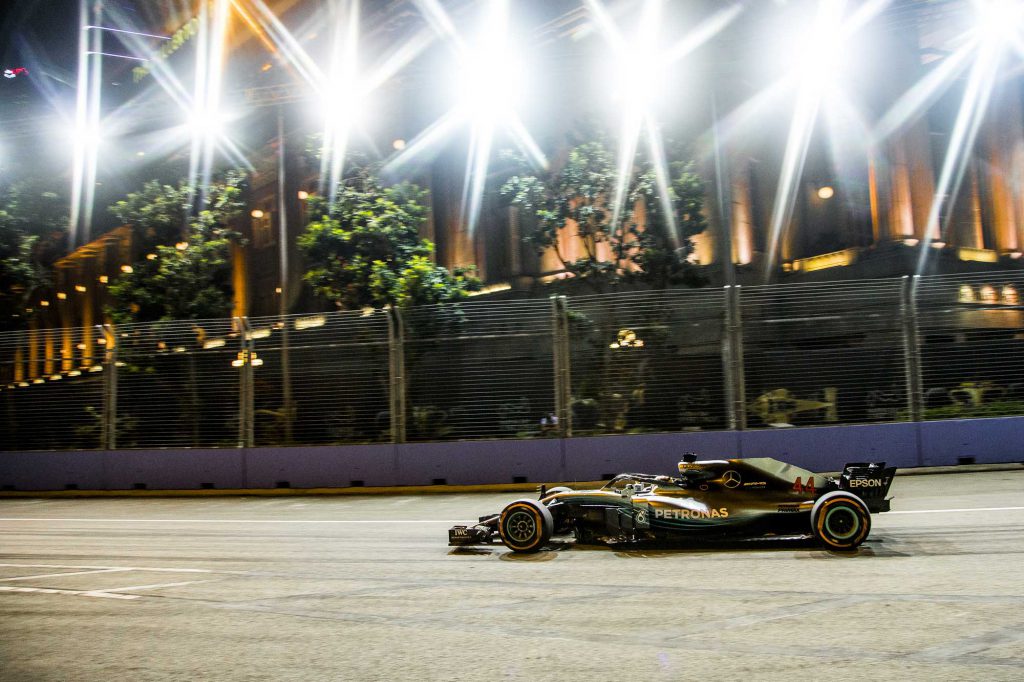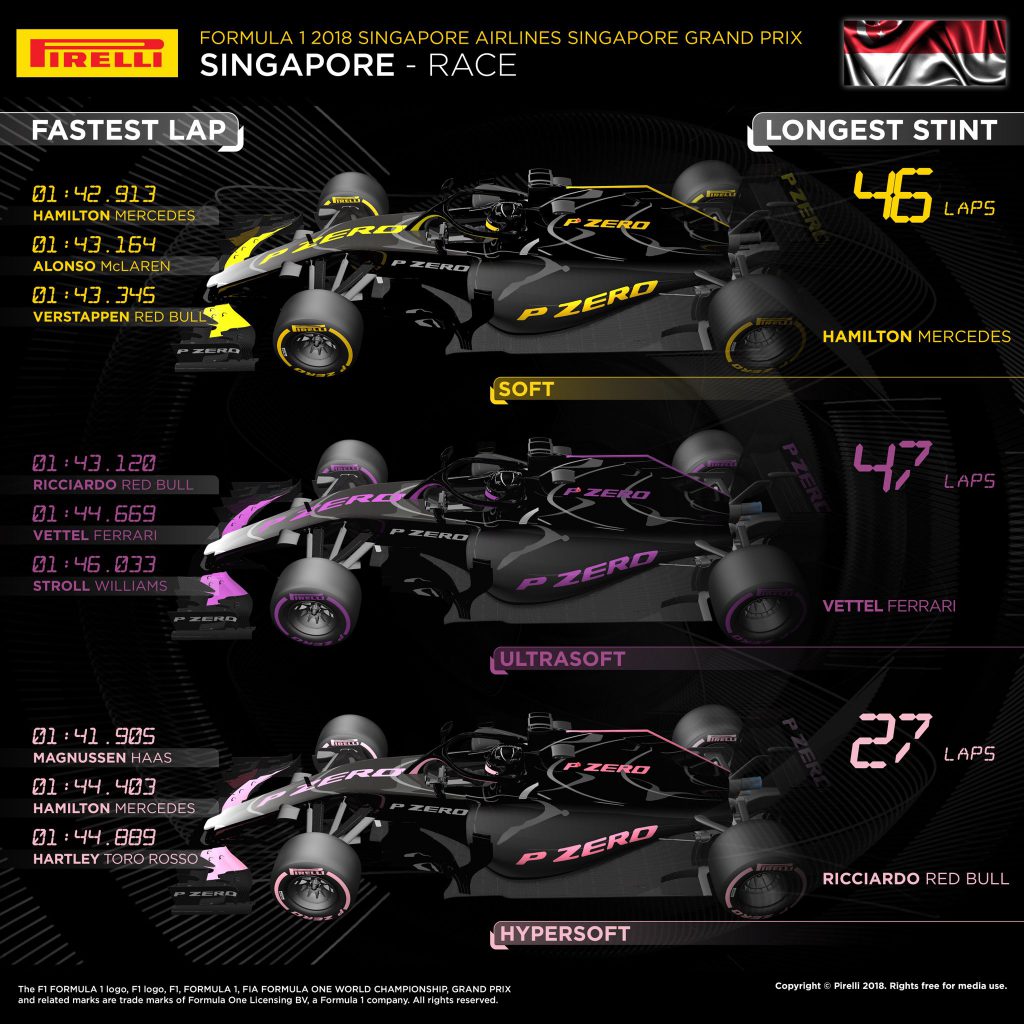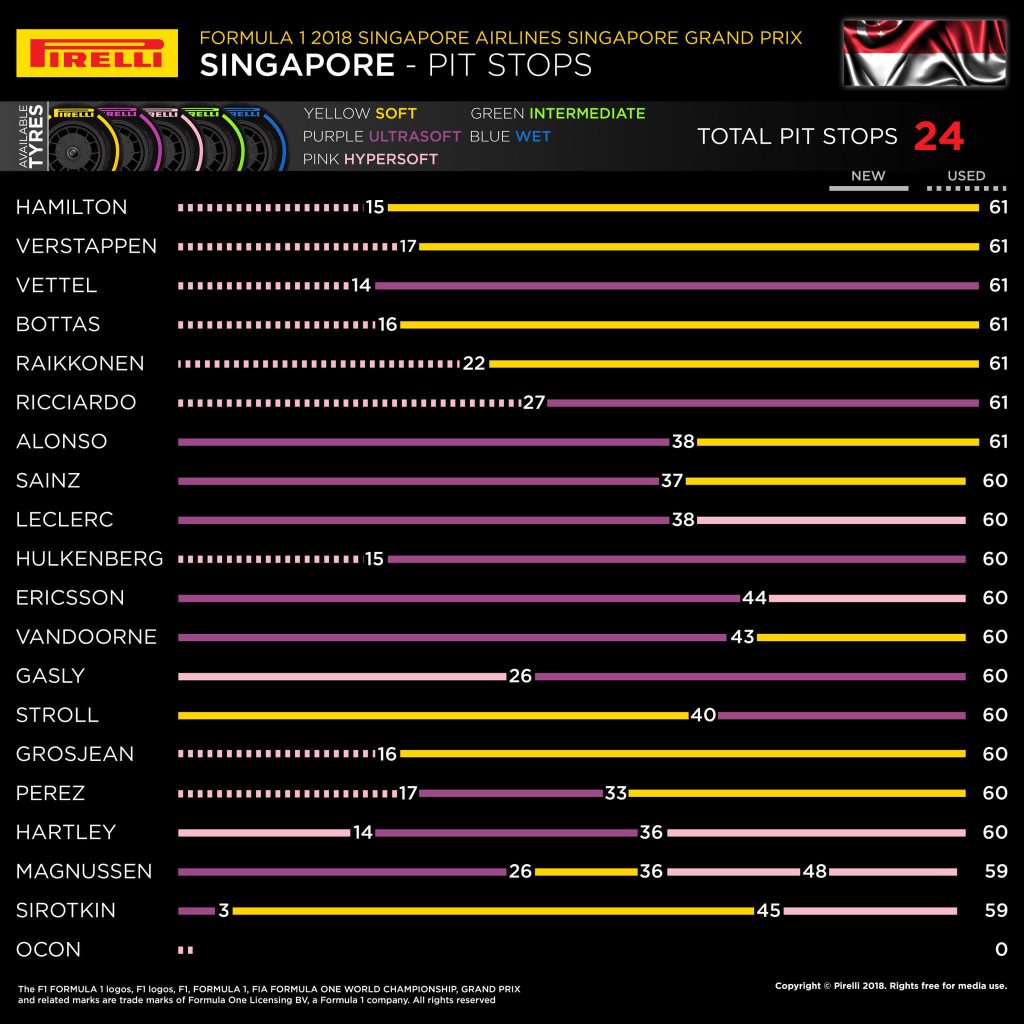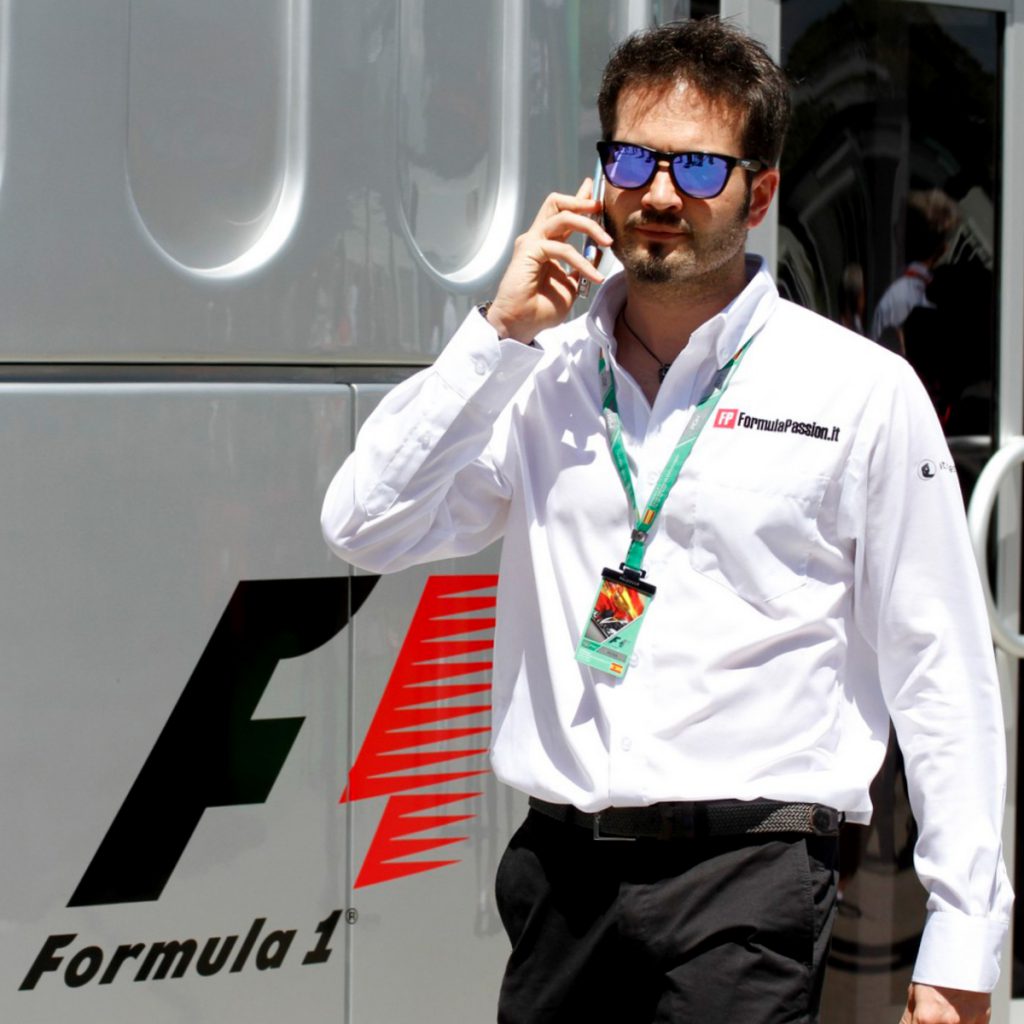Russian Grand Prix 2018 Strategy Report
2 Oct 2018
Race 16 – 53 Laps – 5.848km per lap – 309.745km race distance – very low tyre wear
Russian GP F1 Strategy Report Podcast – our host Michael Lamonato is joined by Rob James from the Box of Neutrals F1 Podcast
2018 RUSSIAN GRAND PRIX STRATEGY REPORT
The Russian Grand Prix was decided by strategy, just not the sort that pit Ferrari against Mercedes in a battle of off-track wits; rather it was Mercedes’s use of team orders that had ultimate sway over Lewis Hamilton beating Valtteri Bottas in Sochi.
Ferrari played a part, albeit only a small one. When Vettel jumped Hamilton in the sole round of pit stops the Briton had to push his new tyres early to make his way back past, causing blistering that was just concerning enough to force Mercedes to do the long-foreshadowed deal with the Bottas.
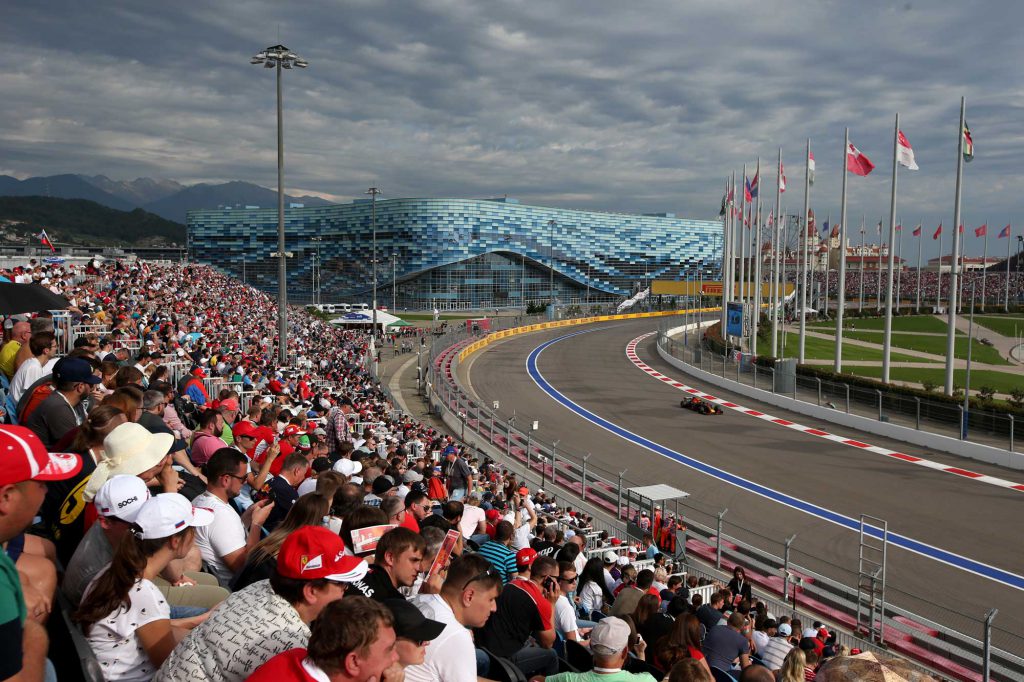
THE BACKGROUND
The Russian Grand Prix was a must-win race for Vettel, who took a 40-point championship deficit to Sochi. If Hamilton won with Vettel in second or lower, the Briton would be able to finish second to the German for the remainder of the season without relinquishing his title lead.
Mercedes and Ferrari both brought upgrades to the street circuit, but for the first time in months Ferrari looked off the pace and out of sorts. Friday practice suggested the Silver Arrows had the upper hand over a single lap and a slim advantage during the race, and when the Italian team couldn’t execute the kind of Friday-night recovery it has become renowned for over the last two seasons, Vettel knew he was committed to starting on the back foot.
Pirelli brought the hypersoft, ultrasoft and soft tyres to Sochi, the same sets used at the previous round in Singapore.
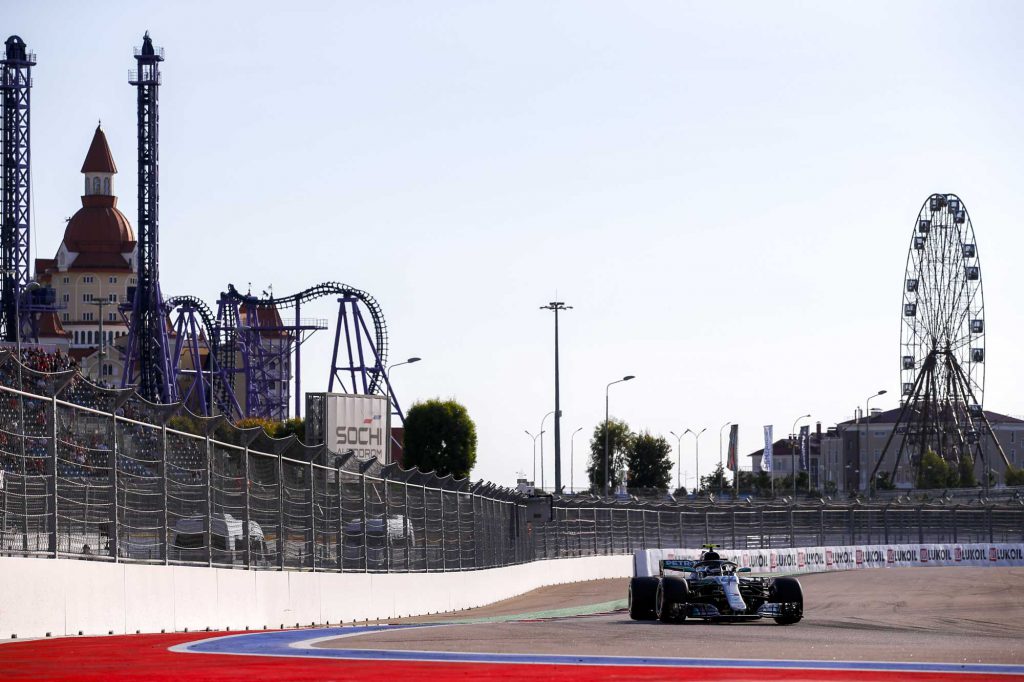
QUALIFYING
The race was run against a backdrop of complaints about the qualifying system after midfielders who started the Singapore Grand Prix in the top 10 with the hypersoft tyre were found to be at a massive disadvantage compared to their rivals who started from 11th down with free tyre choice — the hypersoft tyre was rapid over one lap but useless as a race tyre, requiring extreme pace management or a very early first pit stop.
The same was feared to be the case in Sochi, which resulted in a bizarre Q2 session, thanks in part also to a litany of power unit penalties levied against five drivers. Red Bull Racing’s Daniel Ricciardo and Max Verstappen and Toro Rosso’s Pierre Gasly all qualified for Q2 but knew they would start in the bottom five regardless of the times they set, so all three chose not to run in the segment.
That in turn triggered Renault to do the same with both Carlos Sainz and Nico Hulkenberg. Partly the team was aware that its poor Q1 pace would likely leave it outside the top 10 anyway, but it also cleverly realised that with all other 10 cars already out on track, it could keep both its drivers in the garage and automatically qualify 11th and 12th, theoretically the ideal midfield grid positions given they came with free tyres choice.
The plan worked, with Sauber, Haas and Force India getting all their drivers in Q3 on the hypersoft compound.
Mercedes and Ferrari had sufficient pace on the ultrasoft tyre to progress to the top-10 shootout with the middle-compound tyre, giving them both an easy strategic run in the race.
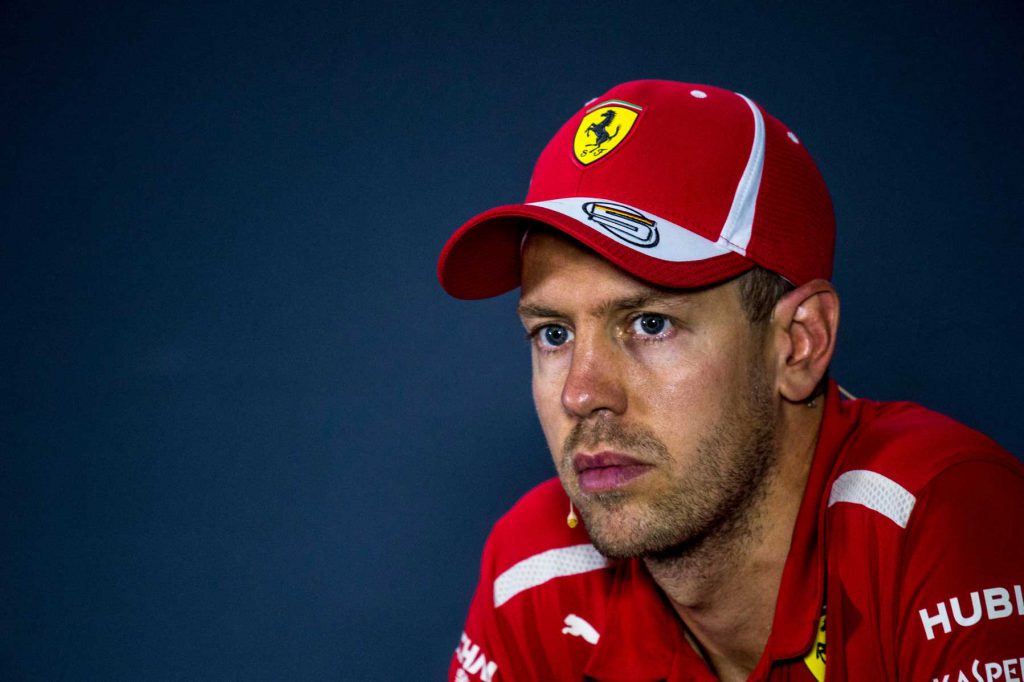
THE DECISIVE MOMENT
The top four got away cleanly and in qualifying order, leaving the next opportunity for position change around the difficult-to-pass circuit the sole pit stop window, which Bottas opened on lap 12 with a switch to the soft-compound tyre.
Vettel, having trailed Hamilton from third place by around 1.5 seconds, dived into the pits on the following lap, emerging behind the Finn — but, crucially, Hamilton did not.
Mercedes left the Briton out until lap 14, but in doing so they exposed him to Vettel’s undercut. The German was setting a blistering out-lap, and to make matters worse, Hamilton was encountering traffic on his in-lap, and the result was that he emerged from his pit stop side-by-side with Vettel.
Hamilton was forced to cede position, but in Vettel’s haste to build a gap he locked up at turn 13, which allowed Hamilton to follow him through the back sector of the circuit and launch an attack at turn two. Vettel rebuffed, but Hamilton overpowered him by turn four to take back position.
But the brief moment of action had an unintended side effect — Hamilton had used his soft-compound tyres too hard too soon, opening up some blistering, similar to the way Raikkonen undid his race at the Italian Grand Prix.
With Vettel shadowing closely, though unable to launch a move, Mercedes used the blisters as a trigger to enact what some considered to be inevitable anyway and called on Bottas to let the Briton past. The Finn would be able to defend against Vettel without risking his tyres, whereas the clearer air ahead would help Hamilton protect his own rubber.
Bottas optimistically radioed towards the end of the race, once Vettel’s threat had subsided, whether he’d be swapped back into the lead, but the advantage to Hamilton’s championship campaign overwhelmed the decision, and the pair finished unhappily in formation.
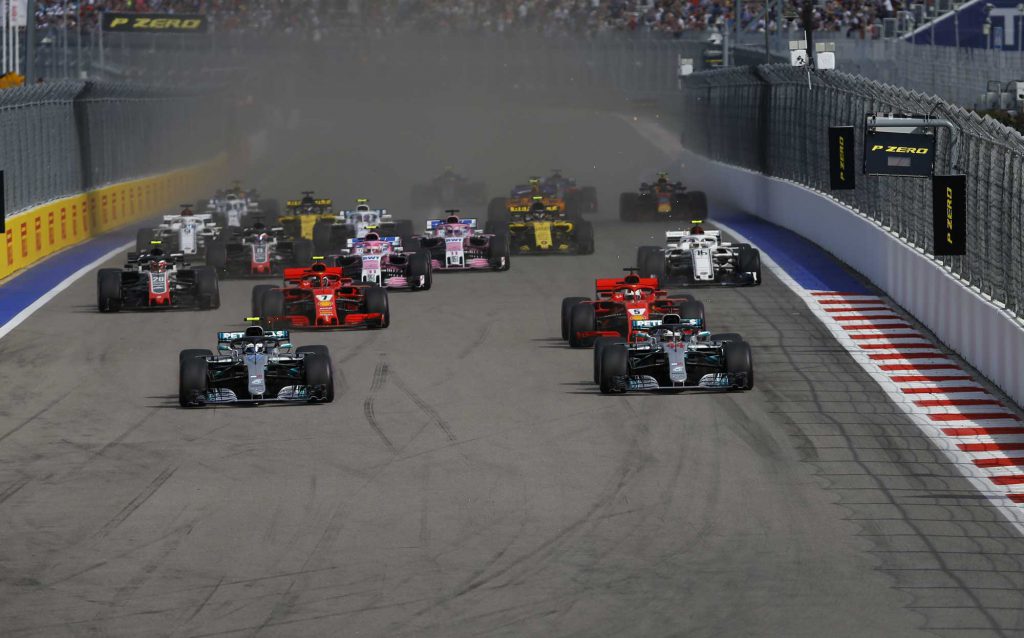
THE CONTRA-STRATEGY DOESN’T WORK
The midfield battle was poised along tyre lines, with those starting on hypersofts thought to be at a massive disadvantage, but this proved not to be the case, the pink-striped tyre operating strongly enough in Sochi for those starting on other compounds to find no real advantage.
With the exception of Verstappen and Ricciardo, who recovered from 19th and 18th to finish fifth and sixth respectively — as is standard for any of the top six cars starting from the back — only Nico Hulkenberg managed to gain a place on the hypersoft starters by starting his race on the soft compound.
The Renault driver jumped both Romain Grosjean and Marcus Ericsson — the latter had the faster car but was stuck behind the former for most of the race — but he had used too much fuel in the opening stint of the race to keep both, and Grosjean got past the German before the end of the race for P11.
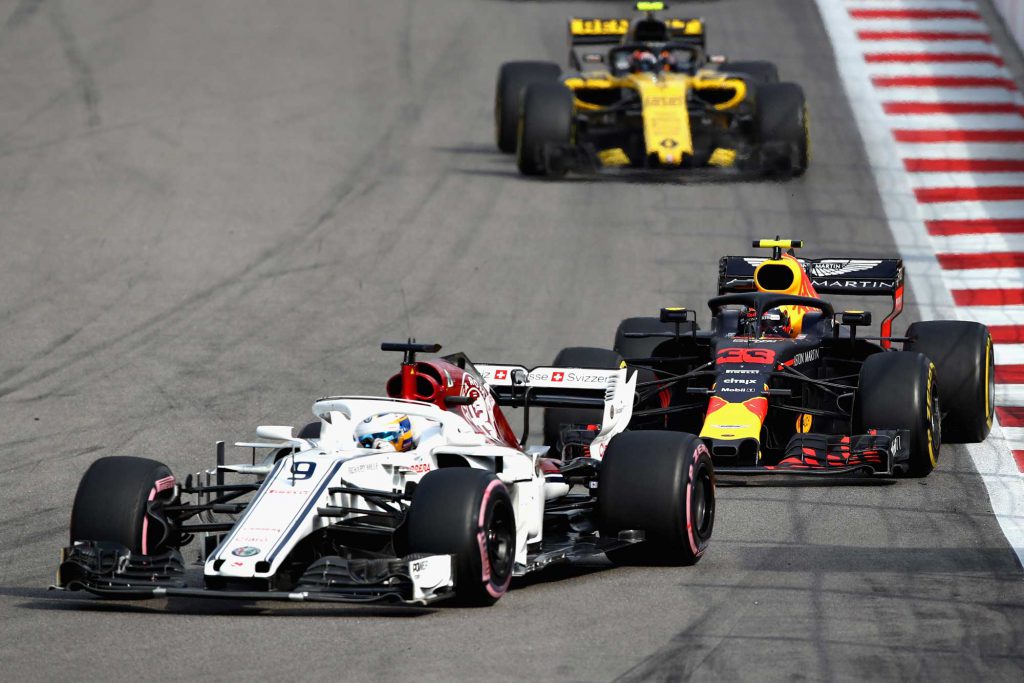
OVERTAKING EARLY PAYS DIVIDENDS
Passing is difficult at the Sochi Autodrom, but in the chaos of the early laps it was certainly doable. Max Verstappen, albeit with a massive car advantage, made it from 19th to fifth in just eight laps; his teammate, Daniel Ricciardo, may have been capable of similar pace were it not for damage to his front wing caused by an errant piece of debris he hit in the opening minutes of the race, reportedly costing him 30 points of downforce.
Charles Leclerc was also as big mover, passing Esteban Ocon on the first lap and Kevin Magnussen in emphatic style on the second lap to set himself up for a best-of-the-rest finish in seventh behind the Red Bull Racing drivers.
But after the opening parts of the race overtaking was substantially more difficult — indeed Force India, which has ordered its drivers not to race each other, swapped Sergio Perez ahead of Esteban Ocon in an attempt to pass Kevin Magnussen for eighth place, but to no avail, and it was forced to swap them back to keep the peace.
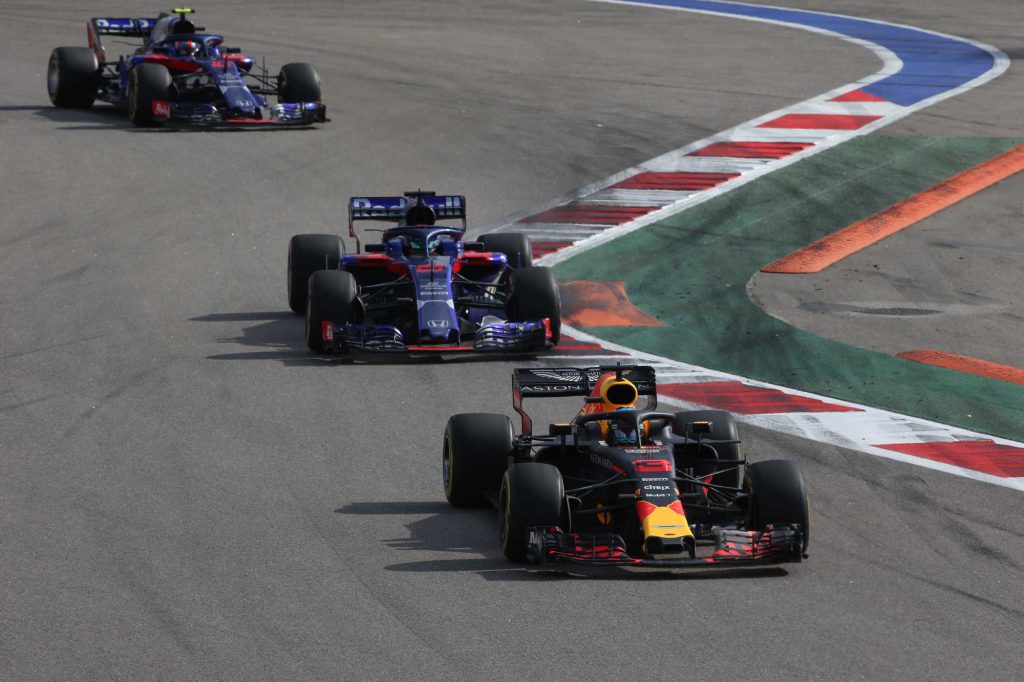
Tyre data
Courtesy of Pirelli Motorsport
